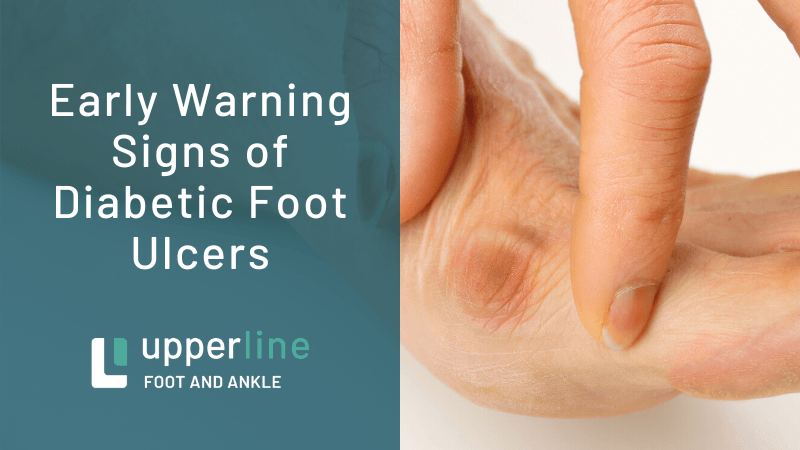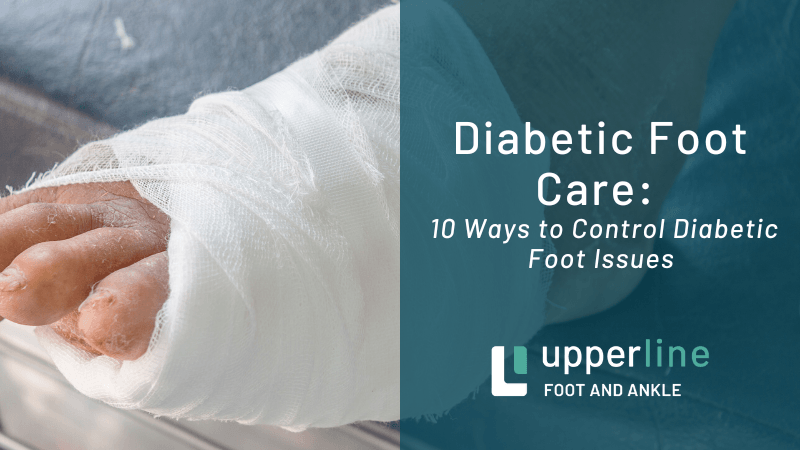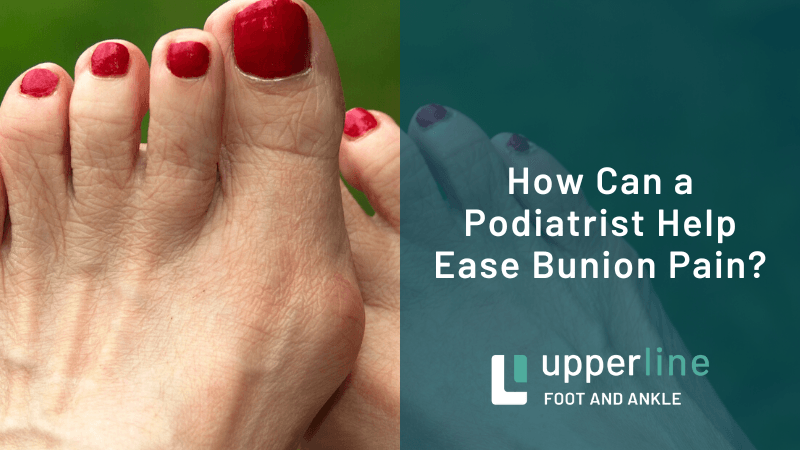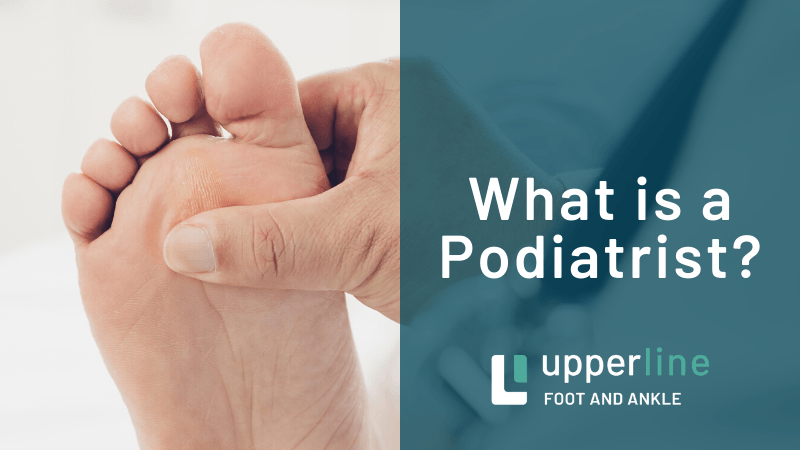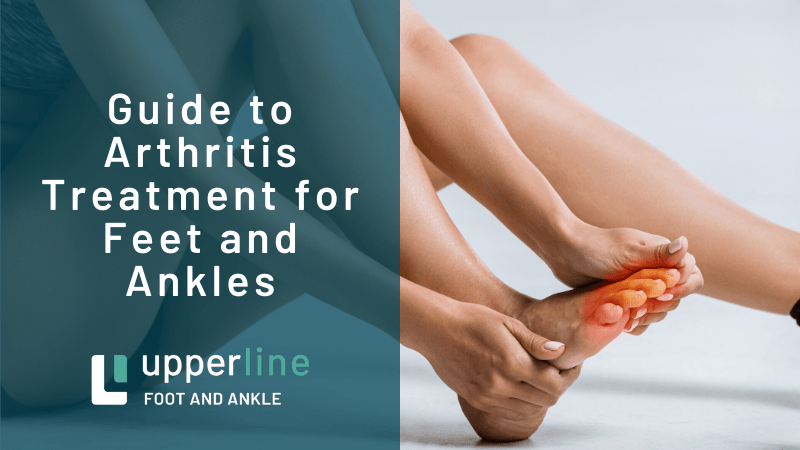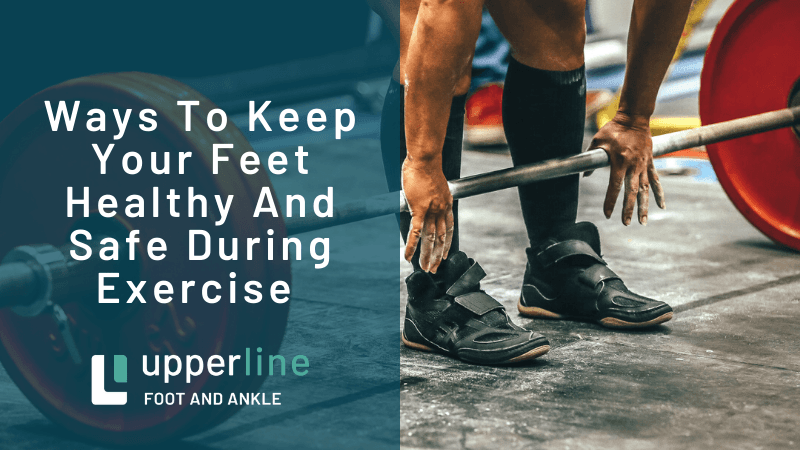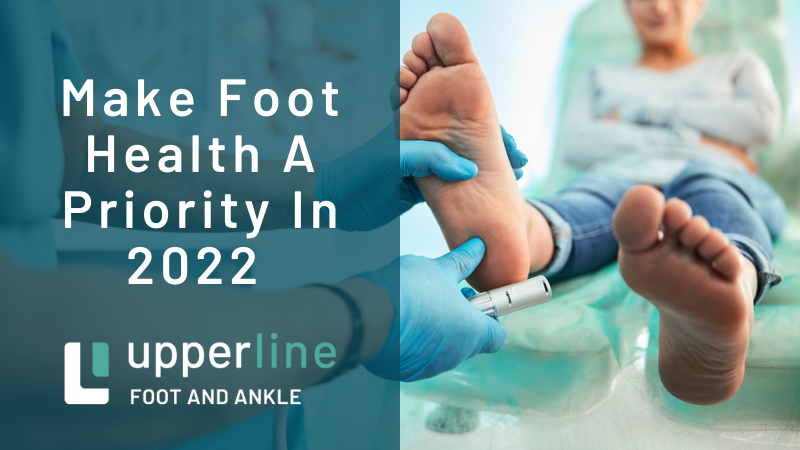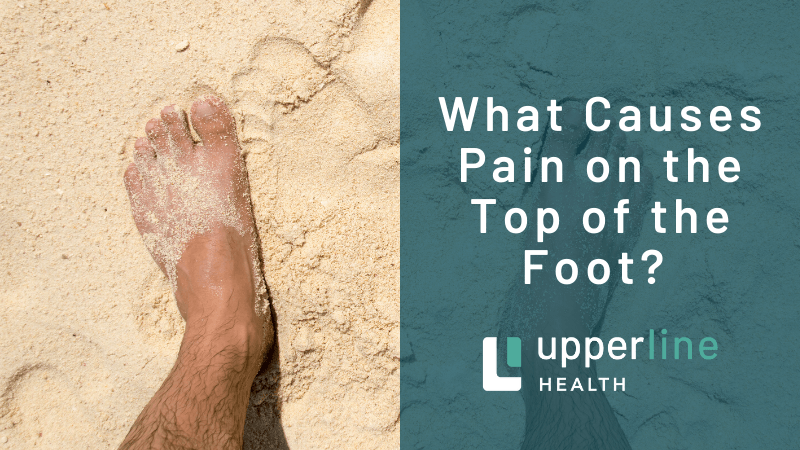Causes and Effects of Bunions

When you look at a normal foot, the inner and outer edges are relatively straight from the ankle to the end of the toe. You usually see a little curve from the arch to the big toe. However, sometimes that curve becomes pronounced, to the point of a protrusion. Said protrusion is usually a sign of a bunion.
Unfortunately, bunions not only affect the shape of your foot but also can cause you other health problems. Below are the main causes of bunions and how bunions can affect your life — as well as how to get rid of them.
Main Causes of Bunions
A bunion forms when the big toe points inward toward the other toes, which causes the metatarsophalangeal joint at the base of the big toe to turn outward. Over time, the joint can even develop a bony growth. Likewise, the fluid-filled sac around the joint, the bursa, can become inflamed.
The condition typically affects women, and for a reason — a main cause of the deformity is shoes. Specifically, squeezing the foot into shoes with a narrow toe box, such as pointed toes, causes the big toe to migrate inward. Wearing heels exacerbates the condition.
That said, bunions have a hereditary component. Foot shape dictates whether your foot will be susceptible to developing bunions, and foot shape tends to run in families.
Likewise, your occupation can play a role. People who have jobs that require long periods of standing, such as nursing and teaching, are more likely to develop the condition.
Symptoms of Bunions and Bunionettes
The overgrowth of the bone at the base of the toe takes place over time. So, the bulging bump may not be the first sign you see. However, the protrusion at the base of the big toe is a clear sign of a bunion, while a smaller protrusion at the base of the pinky toe indicates a bunionette.
The main issue with bunions and your daily life is they cause pain. You'll often feel soreness in the bump. What's more, the protrusion usually rubs against shoes, which can cause it to become red and even swollen. You may feel an ache in the bony growth itself.
Bunion Treatment
Bunion pain can affect your quality of life. Indeed, one study published in Arthritis Care & Research showed that people with bunions are more likely to experience pain in other parts of their bodies, such as the hip, knee, and lower back. Such pain often impacted their work and social activities.
When the pain reaches that level, the best option is usually surgery, which is the only way to correct the problem. Surgeons can remove the swollen tissue around the toe joint and straighten the big toe, which involves removing part of the bone. They'll also realign the long bone that runs the length of your foot.
Living with Bunion Pain
As noted, if you want to get rid of bunions or bunionettes, surgery is required. If you decide against bunion surgery, or if you want to wait until a convenient time for the procedure, you can still ease the pain the lumps cause.
The main method for living with bunions is to get comfortable shoes. These shoes should be wide in the toe area to accommodate the extra protrusions. You may find that shoe seams rub and irritate the bunions, so look for shoes that don't have seams in that area. If the pain is bad enough, you may have to switch to shoes made especially for bunion sufferers.
You can also protect the tender area with a gel-filled pad or moleskin that you apply daily. Your podiatrist may also recommend shoe inserts, which will position the foot correctly within the shoe. Finally, your podiatrist may also tell you to wear a splint at night to hold the toe straight.
Don't live with the pain of bunions — seek diagnosis and advice from a podiatrist. For bunion or any other foot issues, contact Upperline Health.

